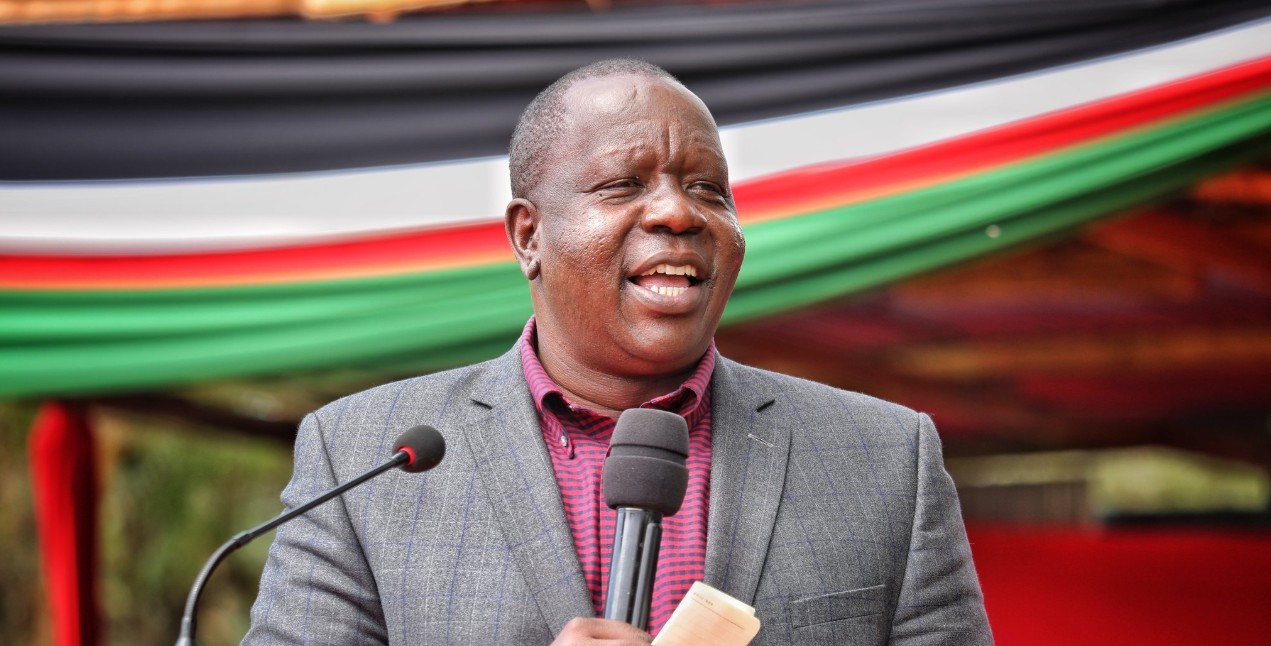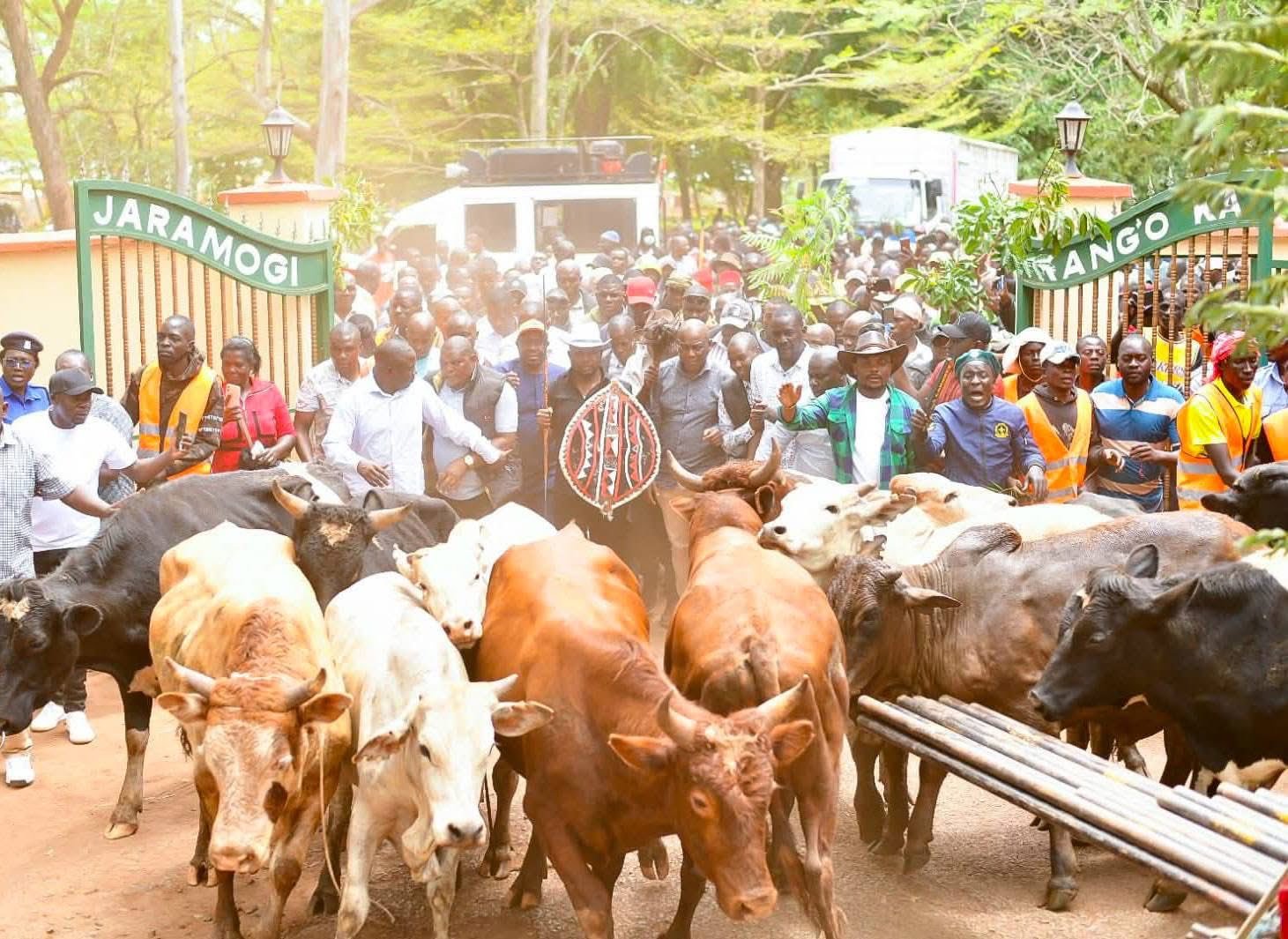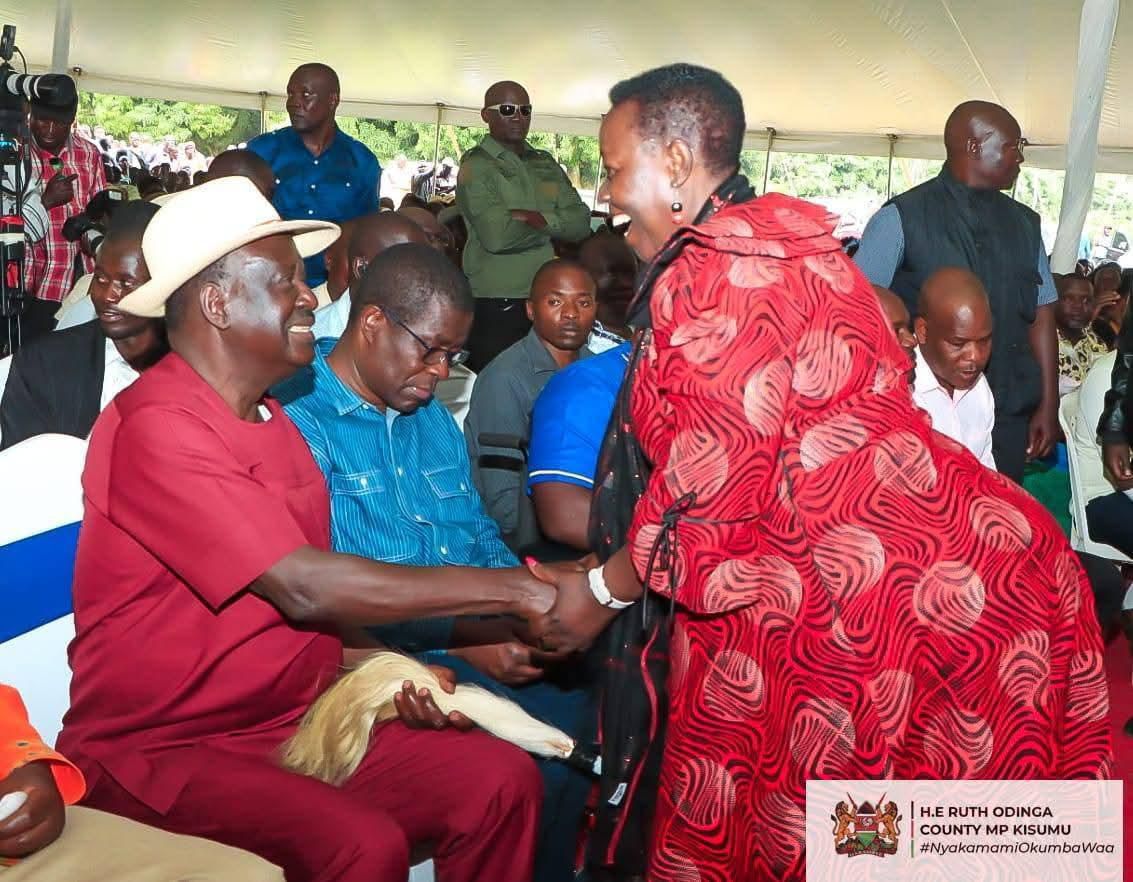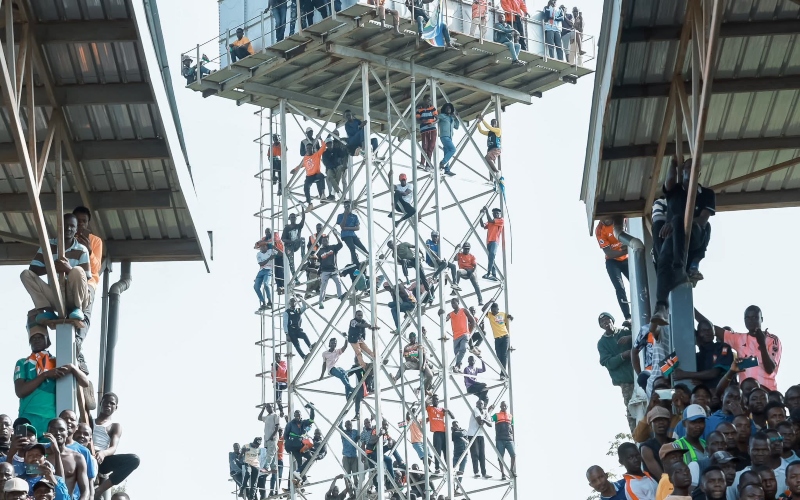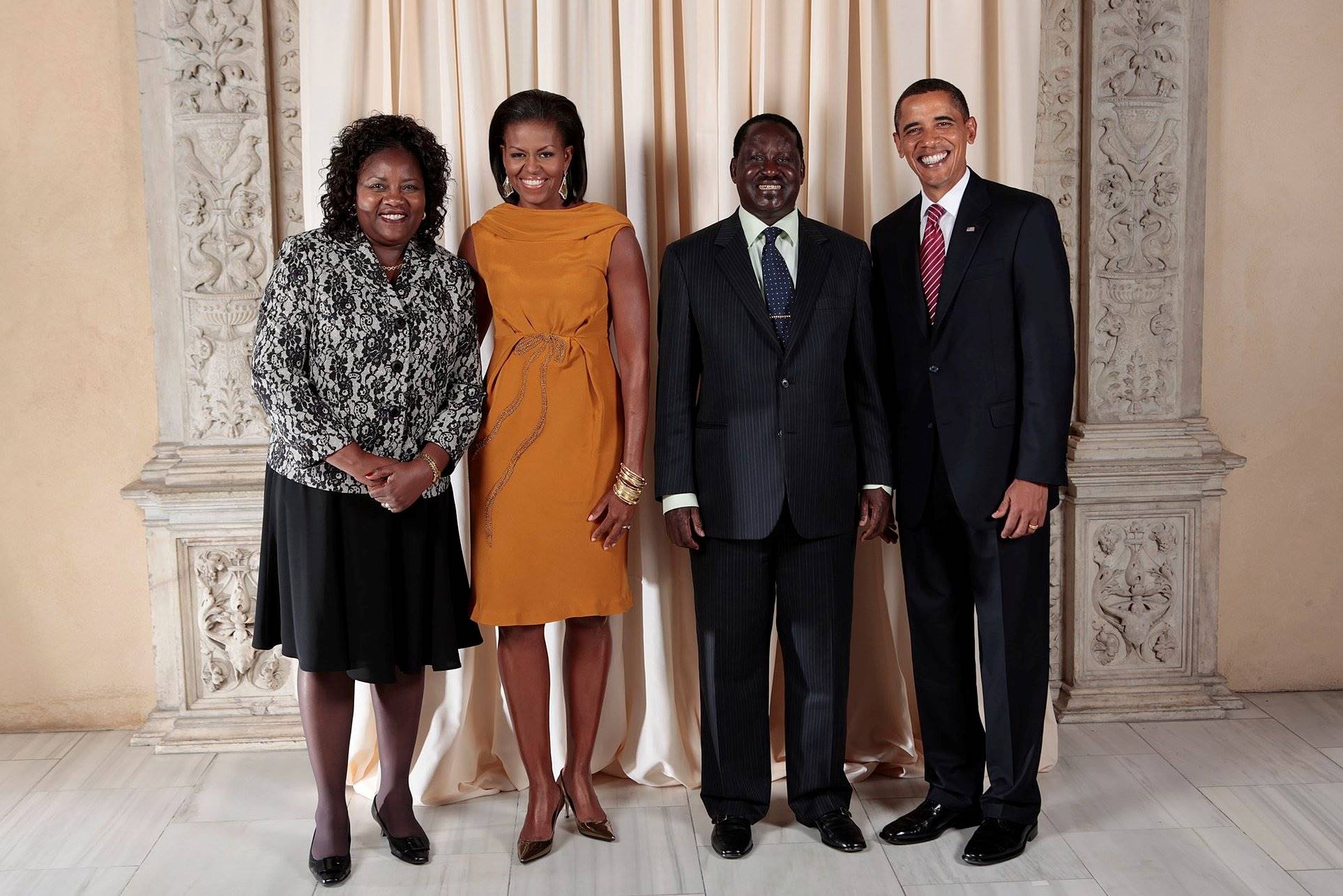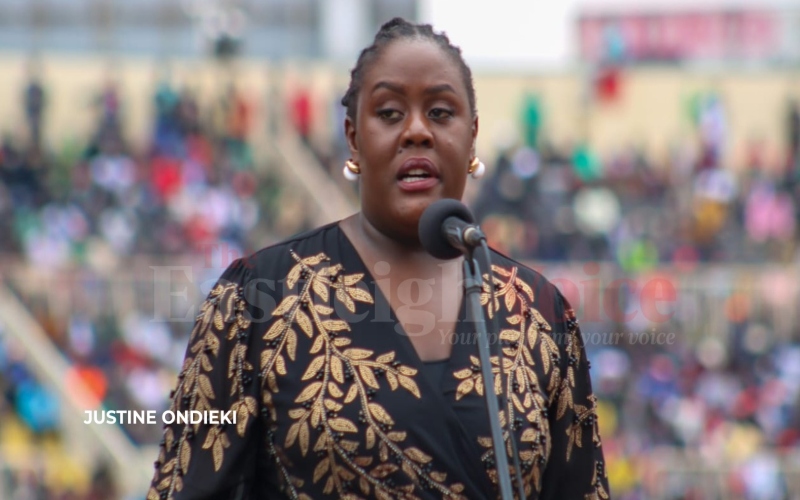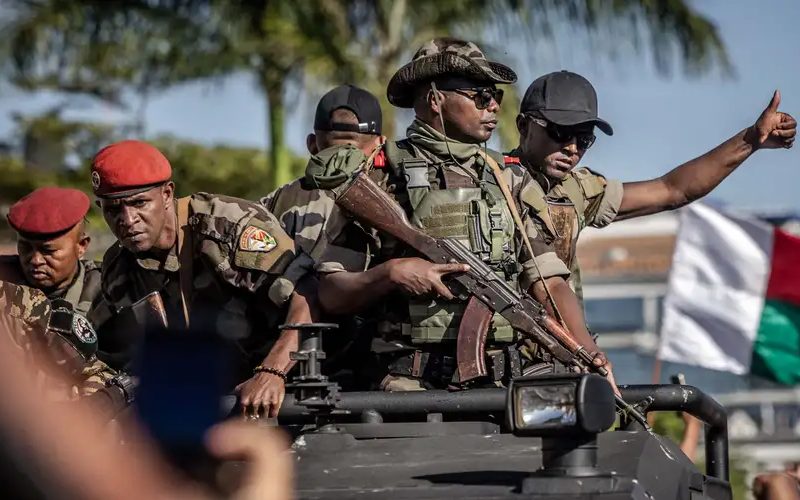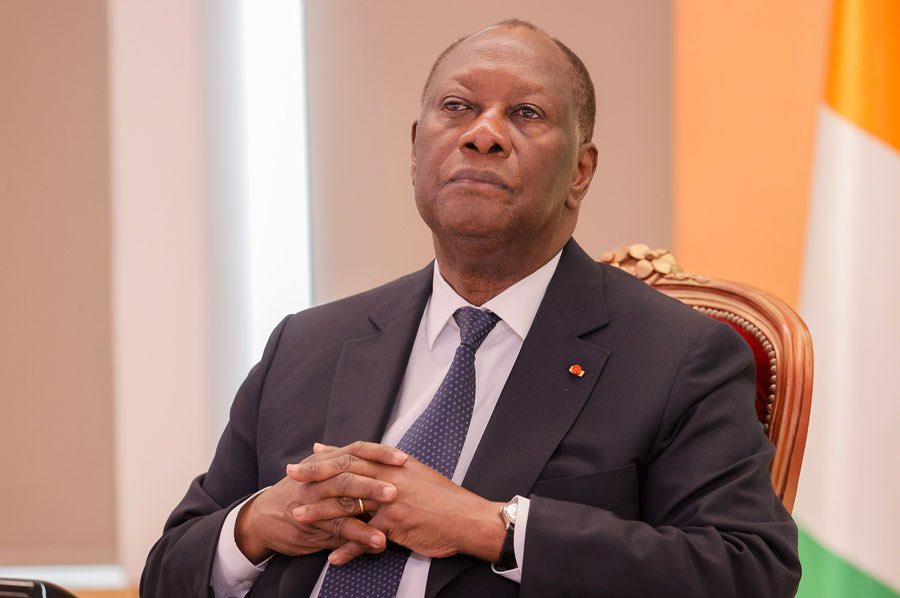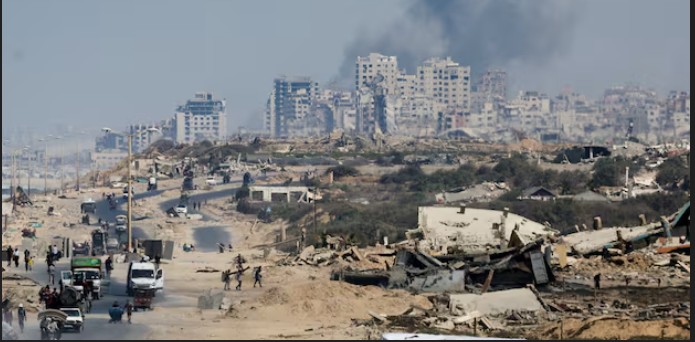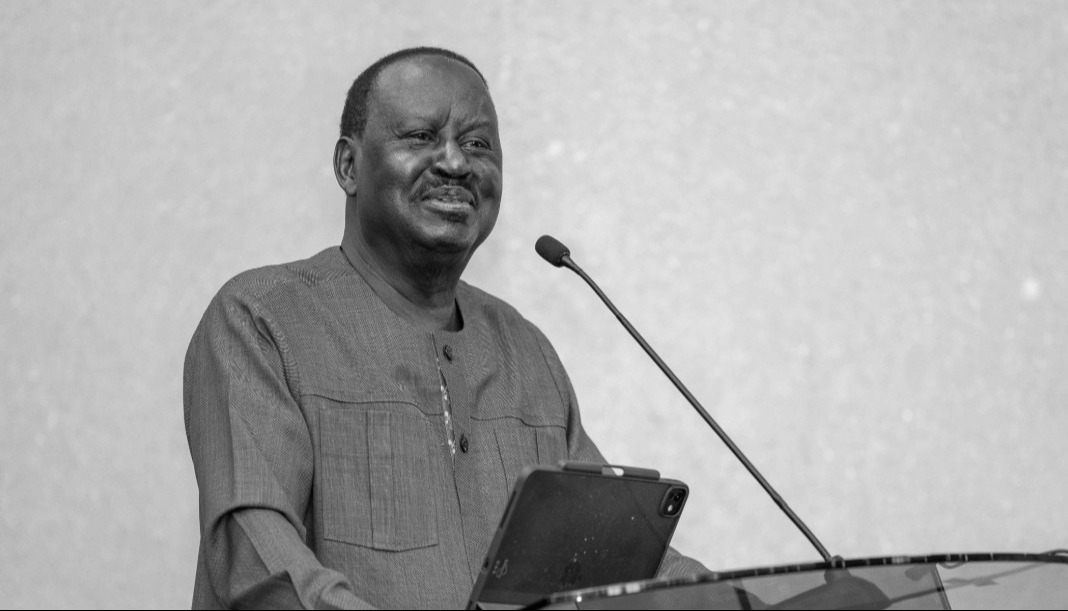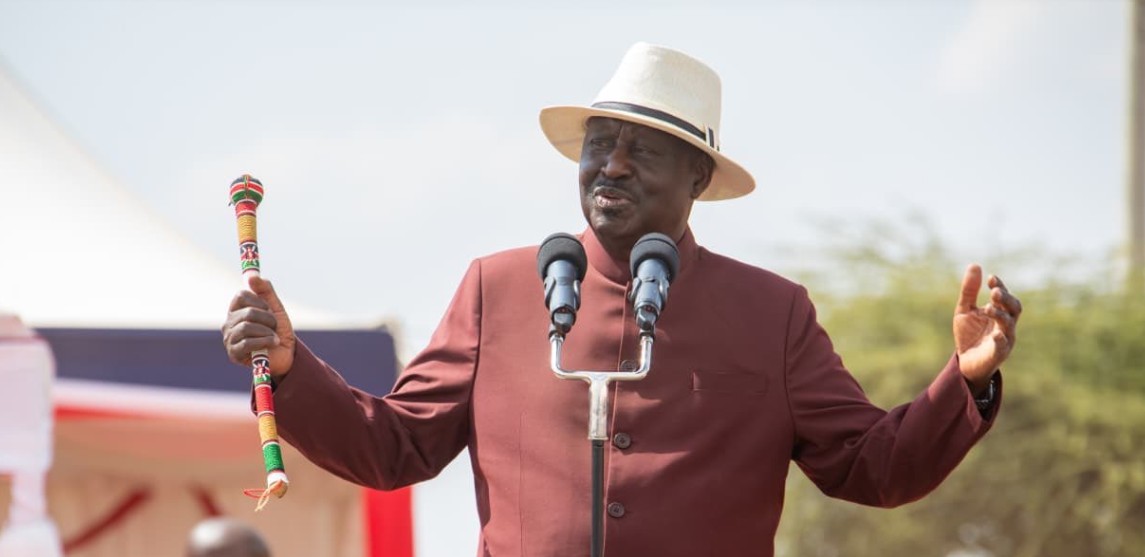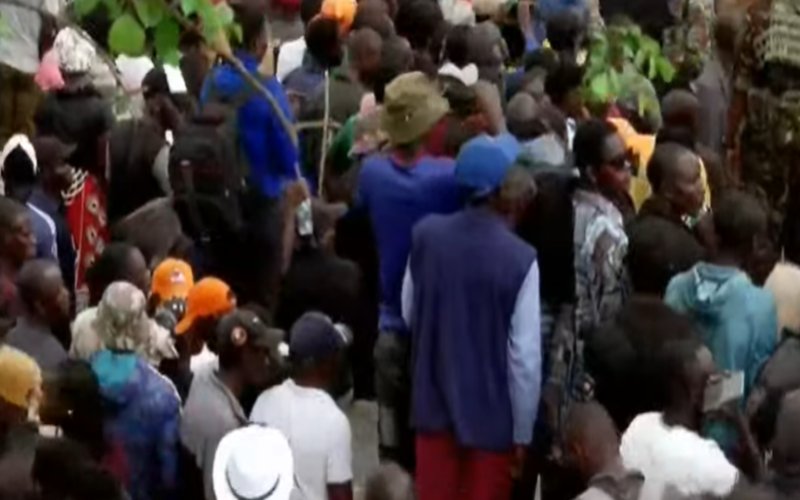MPs identify key electricity transmission projects to save consumers billions of shillings
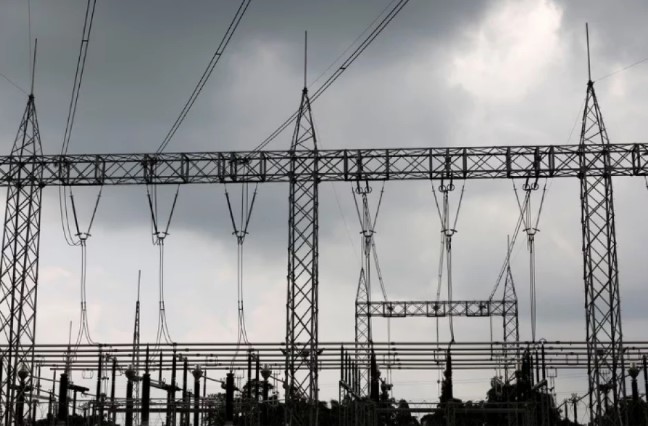
The National Assembly’s Energy Committee wants the government to prioritise these projects to ease the burden of high-power bills for Kenyans.
Members of Parliament have identified 18 critical electricity transmission projects that could save consumers Sh6 billion annually by reducing losses incurred during electricity transmission.
The National Assembly’s Energy Committee wants the government to prioritise these projects to ease the burden of high-power bills for Kenyans.
More To Read
- MPs propose capping power purchase prices at Sh9/kWh to curb soaring bills
- National Assembly urged to end seven-year ban on new power deals to avert rationing
- CSs summoned by MPs over Kenya Power's Sh30 billion debt, high electricity costs
- MPs launch probe into Kenya's controversial Power Purchase Agreements
- MPs approve Bill aimed at lowering electricity costs in Kenya
- Government warns of rationing if power purchase agreement restrictions are not lifted
The committee, chaired by Mwala MP Vincent Musau, noted that outdated infrastructure is the primary cause of system losses, which are passed on to consumers.
It has urged the Ministry of Energy to fast-track projects such as the Sondu-Homa Bay-Ndhiwa transmission line, crucial for stabilising power supply in Western Kenya, and the Narok-Bomet line, which would lessen the region's reliance on Muhoroni gas turbines.
“The Sondu-Homa Bay-Ndhiwa line will not only stabilise power in the region but also support economic activities dependent on reliable electricity,” the committee said.
The Rabai-Kilifi transmission line and Mariakani substation were also highlighted as pivotal in reducing dependence on costly thermal generators while facilitating power transfer from Olkaria to the Coast.
Additionally, the Turkwel-Ortum and Garsen-Hola-Bura lines were cited as essential for delivering reliable electricity to Tana River County and evacuating power from the Turkwel hydro dam.
The committee also stressed the importance of completing the Nanyuki-Isiolo line to improve power reliability in Central Kenya and developing the Nairobi Ring substations at Isinya, Athi River, Kimuka, and Malaa to provide alternative power routes for Nairobi's metropolitan area.
The Lessos-Tororo interconnector was identified as vital for stabilising the grid and fostering regional electricity trade within Eastern Africa.
MPs further proposed the Kamburu-Embu-New Thika-Ruaraka line to enhance electricity supply in Nairobi and reduce pressure on existing high-voltage infrastructure. Alongside these projects, they called for the speedy completion of nine others under public-private partnerships, including the Kiambere-Maua-Isiolo, Kisumu-Bondo-Rangala-Busia-Mnyaga, and Kilifi-Mtwapa-Mariakani lines.
Some projects were initially set to be executed by Indian conglomerate Adani Energy, but the firm’s engagement was terminated over concerns about rising electricity costs. MPs now want Kenya Power to adopt green energy solutions and gradually retire thermal power plants, primarily operated by Independent Power Producers (IPPs).
The committee also recommended reforms to address systemic inefficiencies. These include introducing high-efficiency transformers, smart grid technologies, and advanced metering systems to accurately measure power losses, which reached 23 per cent in December 2023, far above the 14.5 per cent target.
“The current system losses are unacceptably high, standing at 23 per cent instead of the target of 14.5 per cent. This inefficiency is directly costing consumers, and urgent interventions are needed to address this,” the committee said.
The Energy and Petroleum Regulatory Authority (EPRA) was urged to renegotiate contracts with IPPs to lower electricity rates and align fuel pricing mechanisms to shield consumers from volatile costs.
The MPs' inquiry followed a request by Laikipia Woman Representative Jane Kagiri, seeking answers on why electricity prices remain high.
Recent Kenya Power financial reports show the utility paid Sh150.6 billion to IPPs in the year ending June 2024, up from Sh143.58 billion the previous year, driven by rising demand and a weak exchange rate.
Top Stories Today

